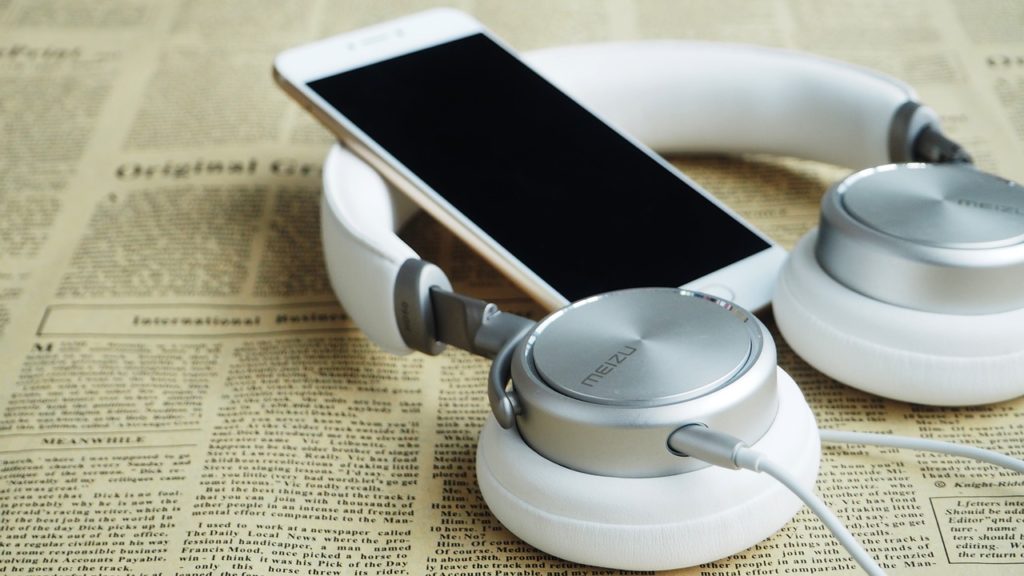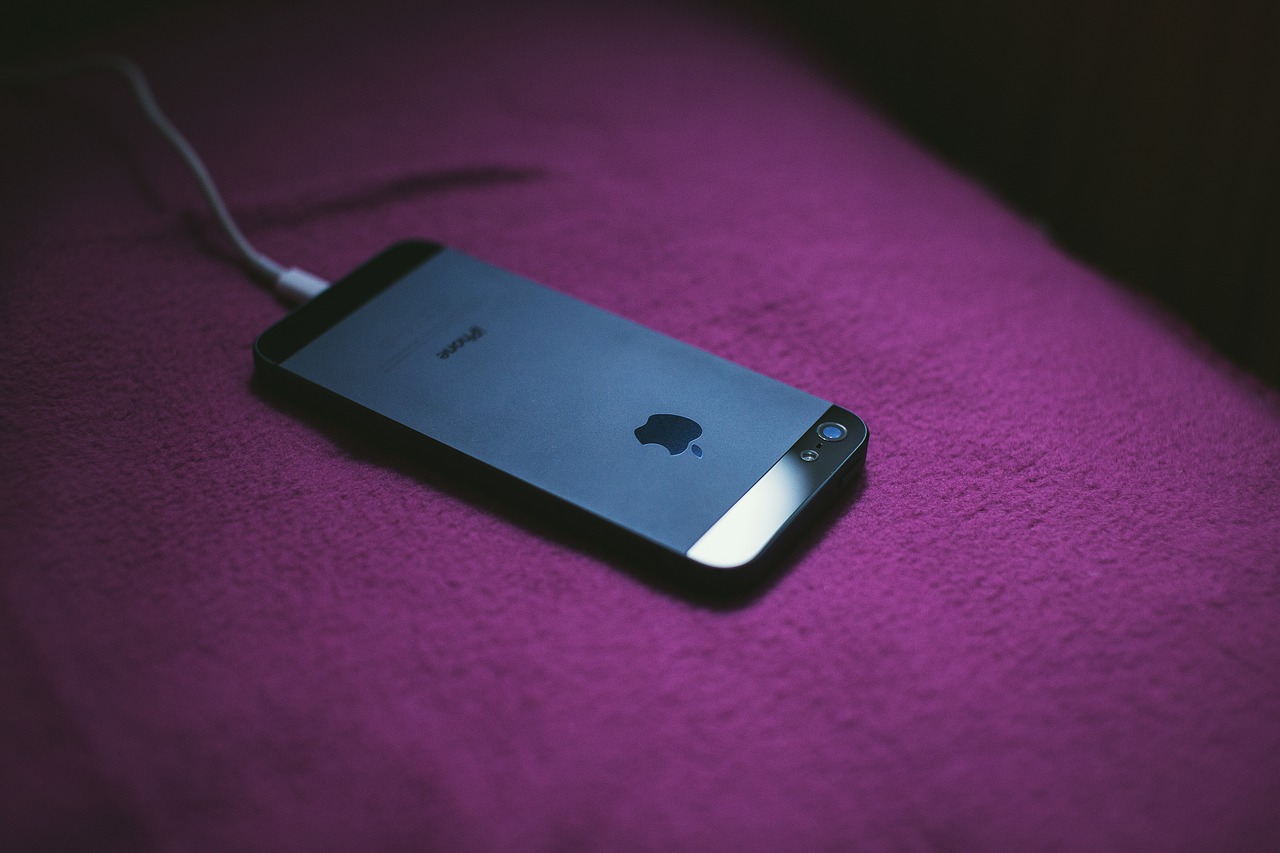Has your iPhone gone unexpectedly silent? Is the sound you’re hearing from the speakers distorted? Or perhaps sound plays just fine when you’re using one app but not when you’re using another? If you’re experiencing these issues, you’re not alone; sound issues are fairly common for many iPhone users. The good news: these problems don’t have to mean a trip to your nearest repair shop. You can fix many simple sound problems yourself using the following troubleshooting tips:
Test your iPhone’s speaker.
If you can’t hear any sound from your iPhone’s speaker, the first thing to do is check whether the speaker itself is working. In your Settings app, choose the Ringers and Alerts option in your Sounds menu. Here, you’ll see a slider that you can move left and right to decrease and increase volume. If you hear a sound as you move the slider around, it means your speaker is functional, and your lack of sound is caused by some other issue.

Adjust the Ring/Silent switch.
Also known as the Mute switch, the Ring/Silent switch (a physical switch on the side of your phone) has two positions, backward and forward. When the switch is set back (that is, when it’s closest to the back of your device), you’ll see the color orange: this means the switch is set to Silent mode. To correct this, flip the switch forward, toward your device’s display, so that it’s in Ring mode again. It’s always important to check this switch if you’re having sound problems because it can sometimes get bumped into the silent position by mistake (say, if you’re carrying your device in a bag with lots of other items).
Check the Do Not Disturb function.
If you have Do Not Disturb mode enabled—perhaps you did this for a meeting at work but you forgot to switch it back—most sounds and alerts on your phone will be silenced. To check that this isn’t the cause of your device’s sound issues, double check in your Settings that Do Not Disturb is toggled to Off.
Check your Bluetooth settings.
If you’ve used Bluetooth to pair your iPhone with a portable speaker or a similar device, your phone may still be trying to send sound to that device even if it’s turned off or out of range, which would explain why you’re not hearing any sound from your iPhone speaker. You can adjust or disable your Bluetooth settings by choosing the Bluetooth option in Settings and moving the slider to Off.
Check app sound settings.
Many apps give you the option to customize your volume and sound settings just for that app. For example, if you love playing a particular mobile game on your iPhone but you can’t stand the soundtrack, you can usually find sound options in the game that allow you to mute the music without affecting any of the other sound settings on your phone. If you’re hearing sound in some apps but not others, this is likely the cause. To correct it, check your audio and sound settings in the individual apps that are having sound issues. Make sure to turn off mute options, enable audio, and use the in-app sliders to adjust volume.
Check notification settings.
If you’re not hearing push notification sounds from particular apps that you’d expect to make noise, like your text messaging app, you’ll need to check the notification sound settings for that app. Choose the Notifications option from Settings, and scroll through the list of apps until you find the one you’re looking for. Select it with a tap, then check to make sure the sliders for both Notifications and Sounds are toggled on. Remember that some apps, like Reminders and Messages, let you select a notification sound; check to make sure this selection isn’t set to None, as in that case, your alert would be silent.
Try your headphones.

If you can’t hear sound from your iPhone speaker, test to see if you can hear sound when you have headphones plugged in. Connect your headphones to the headset port (on older iPhone models) or the lightning port (on newer models), and open up an app that plays audio. If you can hear the sound through your headphones, try unplugging them and gently cleaning out any dust or debris that may have become jammed in the headset port.
Restart or reset your device.
If none of the steps above solve your sound issues, it’s time to try the old standby of turning your iPhone off and turning it back on again. If a simple restart doesn’t do the trick, try a hard reset; this restarts your phone, refreshes app memory, and clears additional settings (but don’t worry, it doesn’t delete or affect any of your data).
Reset your settings.
A final troubleshooting trick you can try is resetting your iPhone’s settings. Choosing this option will take your sound, display, and network settings back to their original defaults; this does mean that you will lose some of your preferred settings, but it may also fix your sound issue. To do this, choose Reset All Settings in the Reset tab of General Settings.

